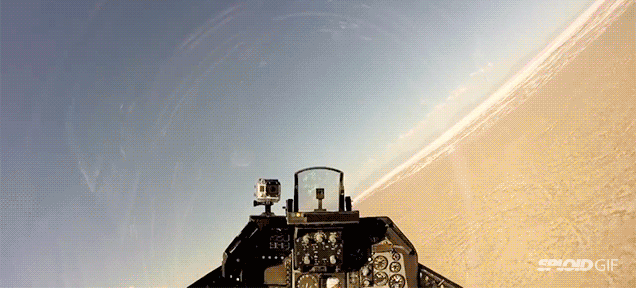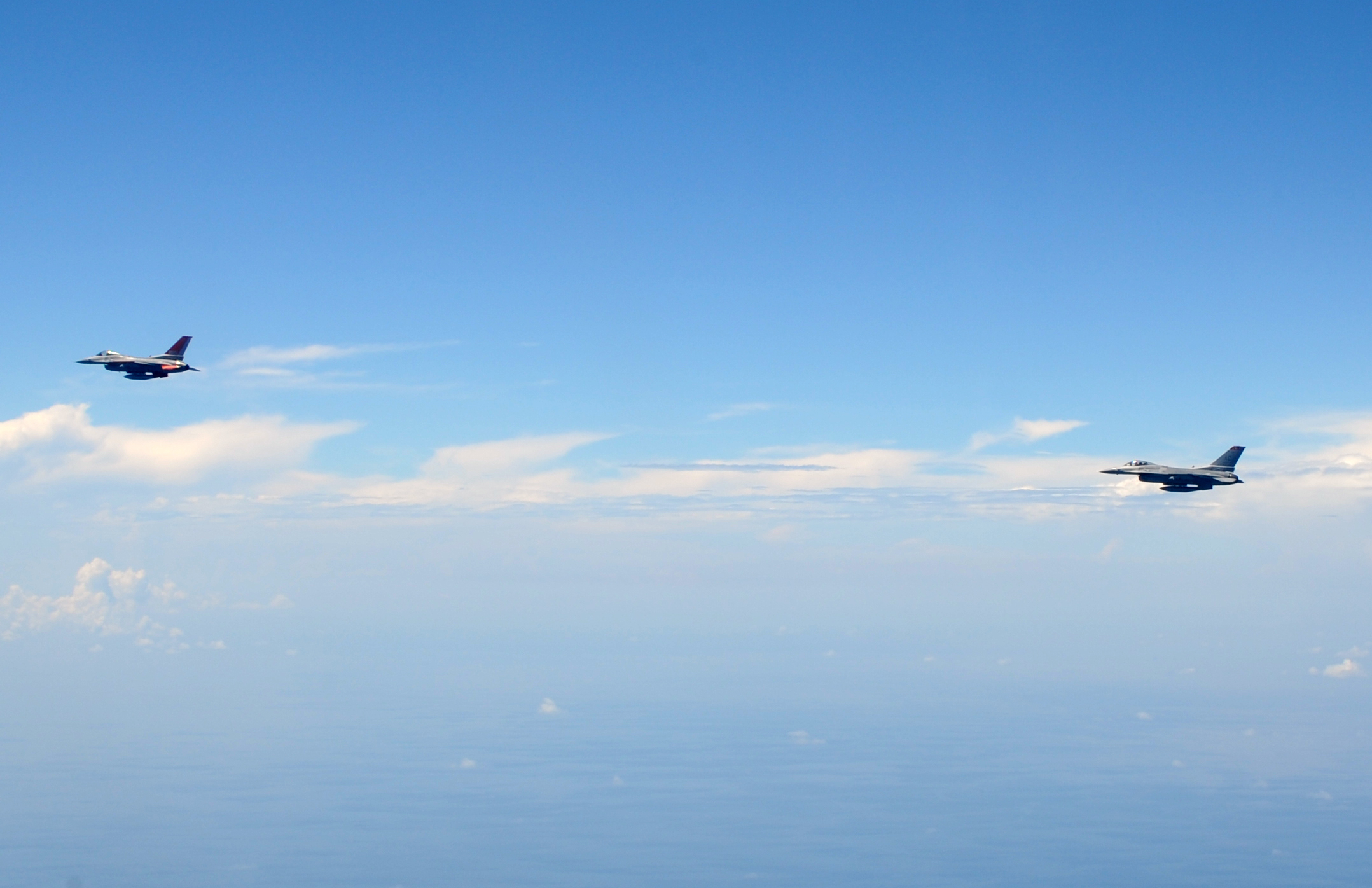Boeing is converting retired F-16s into full-scale, remote-controlled manned and unmanned aerial targets that will replace the QF-4 fleet, which will be depleted from inventory by 2015. The QF-16 full-scale aerial targets will be used to test newly developed weapons and train pilots for the rapidly changing nature of warfare in a safe and controlled environment.50th Annual NDIA Conference Targets, UAVs & Range Operations Boeing QF-16 Program- TCejas.pdf
How Boeing converted F-16s into unmanned aerial targets
Warplanes: The Pilotless F-16
F-16 Versions - QF-16
An initial 6 airframes (2 block 15s, 2 block 25s and 2 block 30s) - (#82-0986, #83-0110, #84-1260, #84-1295, #85-1569 and #85-1570) are being converted by Boeing as test airframes. Once this pre-EMD phase has been ended and all conversion work has been approved, Boeing will start conversion on another 120 airframes. This production will be devided into a first LRIP lot 1 containing 20 airframes and than four FRP lots containing 25 airframes each running until 2019.
 Boeing: Test missile fired at QF-16
Boeing: Test missile fired at QF-16QF-16 Chief Engineer, Paul Cejas, said the aircraft is designed to gather data and report back to the shooter.
“The QF-16’s mission is really to act as a target and validate weapons systems. So, we do have a scoring system on the airplane and its job is to tell us basically how close the missile came and its trajectory.”
The ground control station sets the coordinates for the missile. Then, using its on board system, the QF-16 validates that the missile hit those coordinates, and detects the distance and speed of the missile. If all the data matches up, the mission is considered a “kill.”
The QF-16 Aerial Target Missile Test Was Successful - Business Insider
Video: Unmanned F-16 jet dodges a live missile for the first time
Aerial target QF-16 takes to the sky; U.S. Air ForceBoeing has successfully tested the QF-16 against live fire for the first time. The QF-16 is a a modified version of the F-16 Fighting Falcon designed to be controlled remotely by a human pilot so companies can test new weapons systems against it. It's pretty awesome to see it dodging the bullet in the skies.According to Boeing, while the missile didn't hit its target, that doesn't mean it was a miss. Because they don't want to destroy their multi-million dollar toys every time they test a missile, the rocket is rigged so it never hits the target. However, both the missile and the airplane have sensors that tell the researchers if the weapons test was a success or a failure.
The first unmanned QF-16 Viper struck down over the Gulf of Mexico Sept. 5, 2014, was part of a joint effort between the Test and Training Division at Eglin Air Force Base, Fla., and the 82nd Aerial Target Squadron at Tyndall AFB, Fla. The test was an important step in the right direction for the program and marked the conclusion of operational and range qualification testing at both the Eglin Test Range and White Sands Missile Range. (U.S. Air Force Photo/Master Sgt. J. Scott Wilcox)Naval Open Source INTelligence: Aerial target QF-16 takes to the sky
The Final Mission: The USAF’s QF-4 Target Drones | Photography | Fence Check
Kratos Receives Multi-Million Dollar Command and Control System Products Award for QF-16 Air Superiority Target (NASDAQ:KTOS)
SAN DIEGO, Dec. 18, 2013 (GLOBE NEWSWIRE) -- Kratos Defense & Security Solutions, Inc. (Nasdaq:KTOS), a leading National Security Solutions provider, announced today that its Micro Systems, Inc. subsidiary has received a multi-million dollar award for the production of command telemetry system products for the QF-16 Air Superiority Target (AST). This award, from QF-16 prime contractor Boeing, represents the first production lot for the QF-16 program, which recently completed its first unmanned flight at Tyndall AFB, Florida.
Kevin Ferguson, Senior Vice President of Kratos' Micro Systems, Inc. subsidiary, commented, "This important order provides critical command and control products for the QF-16. Like its predecessor, the QF-4, which enjoyed a 17-year production run using our command and control products, we expect the QF-16 to be a successful production program as well."
spendergast: The Aviationist » Crazy video from inside an unmanned F-16 during a supersonic test flight



No comments:
Post a Comment